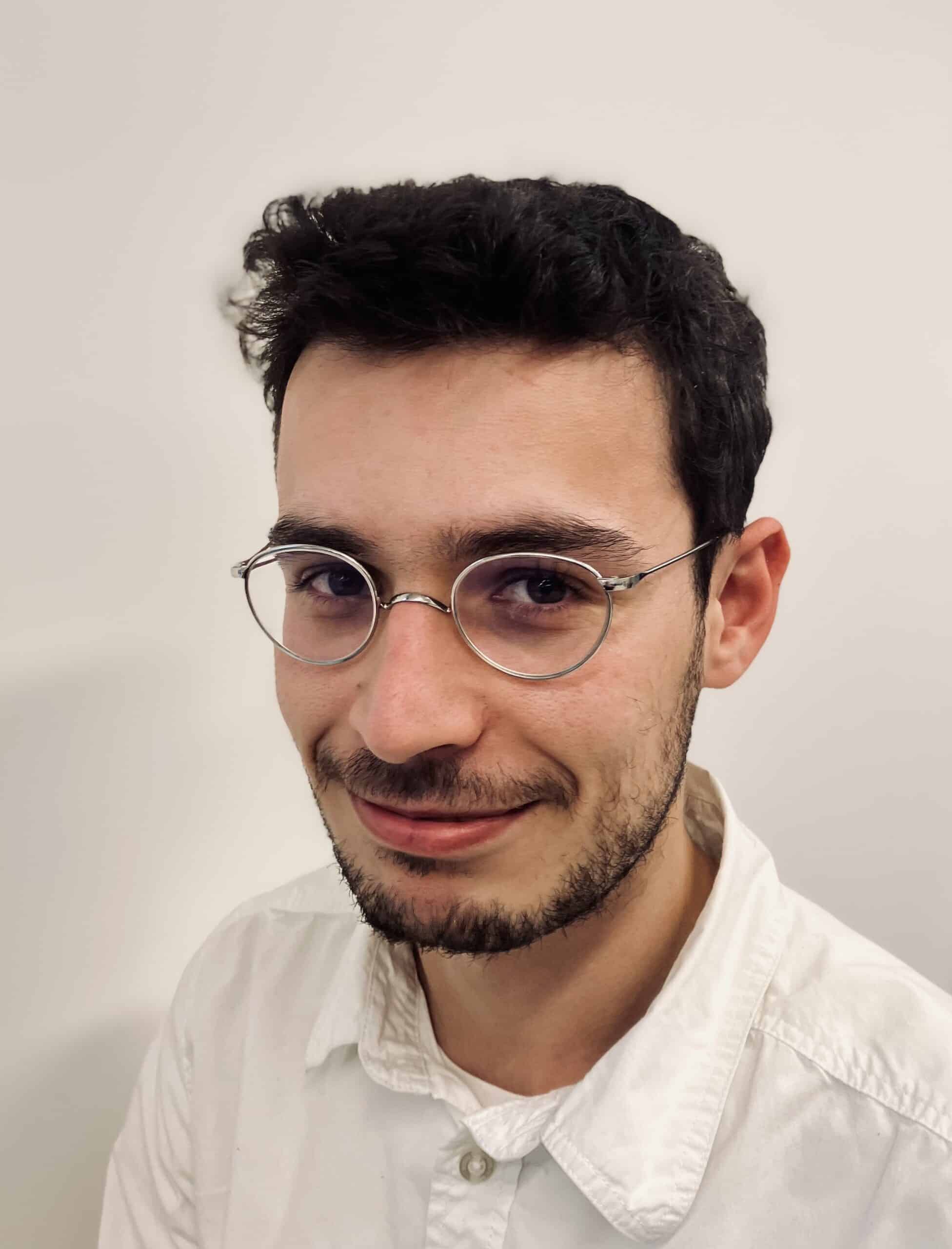"Man has colonised the mountains. And I'm here to get away from it [this colonisation]", says photographer Samuel Hoppe. Produced between 2019 and 2023, his images represent several distinct mountain ranges: the French Alps (mainly the southern part...




